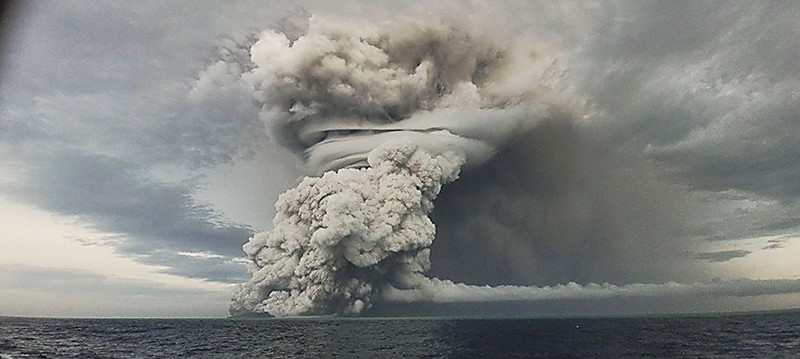Nature.com February 19, 2022
The eruption that devastated Tonga on 15 January lasted just 11 hours, but it will take years for scientists to work out exactly what happened during the cataclysmic explosion — and what it means for future volcanic risks. Geochemical analysis of that material, described in a paper found that the 2009 and 2014–15 eruptions involved molten rock that had not risen recently from the great depths of Earth’s mantle. Instead, it had spent some time in a magma chamber located 5–8 kilometres deep in Earth’s crust and gone through some tell-tale chemical changes before ultimately erupting onto the surface. The magma that erupted this January magma rose quickly, without spending much time undergoing chemical changes in the buried magma chamber. Another aspect that could reshape volcanology is the way in which Tonga eruption unleashed a rich variety of waves that rippled through the oceans and the atmosphere. According to the researchers there are huge pieces of this puzzle that they haven’t quite managed to pull together…read more.

Tongan scientists observed an eruption of the volcano a day before the main blast. Credit: Tonga Geological Services/ZUMA Press.